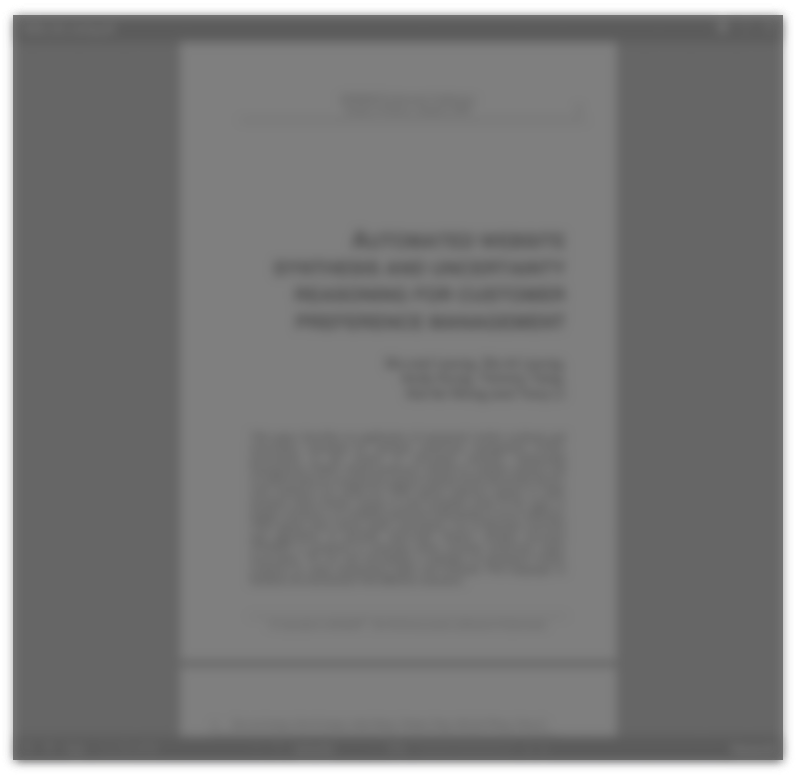Abstract:
This is a practical paper which draws extensively from the experience gained over many years of continuously tracking TV advertising campaigns. The purpose of the paper is to demonstrate firstly how a new research-based approach can provide new insights into how TV advertising works, and secondly how it can provide new directions for making the advertising mix work better. By tracking consumer response continuously every day and every week, and by overlaying media inputs, one can now blow away some of the myths that have historically shrouded evaluations of advertising and media performance. The main problem has always been to know which 50% of advertising is being wasted. The solution is provided by an approach that fuses continuous consumer response to advertising with continuous media activity. This has produced new insights into how advertising works by separating ad performance from media performance. This has further led to the development of empirically-based models of media efficiency and ad performance. The paper draws on case study evidence to demonstrate how the new approach works and how it has been used to address key media user questions such as as...is my ad working? is my media working? how much do I need to spend on a TV campaign? how long should a TV campaign run for? what is an optimum media flighting pattern? By addressing these key questions, this new approach is making a valuable contribution to improving the quality of advertising decision making, the performance of ads and the performance of media campaigns.
This could also be of interest:
Research Papers
 How to motivate people to save more money?
How to motivate people to save more money?
Catalogue: CEE Research Forum 2014: East Connection
Authors: Tomasz Opalski, Dominika Maison
 March 24, 2014
March 24, 2014
Research Papers
 How to save two industries and make a little money
How to save two industries and make a little money
Catalogue: Asia Pacific 2016: Get Connected!
Author: Alistair Leathwood
Company: KANTAR TNS Malaysia
 May 19, 2016
May 19, 2016
Videos
 How to motivate people to save more money
How to motivate people to save more money
Catalogue: CEE Research Forum 2014: East Connection
Authors: Dominika Maison, Tomasz Opalski
 March 24, 2014
March 24, 2014






